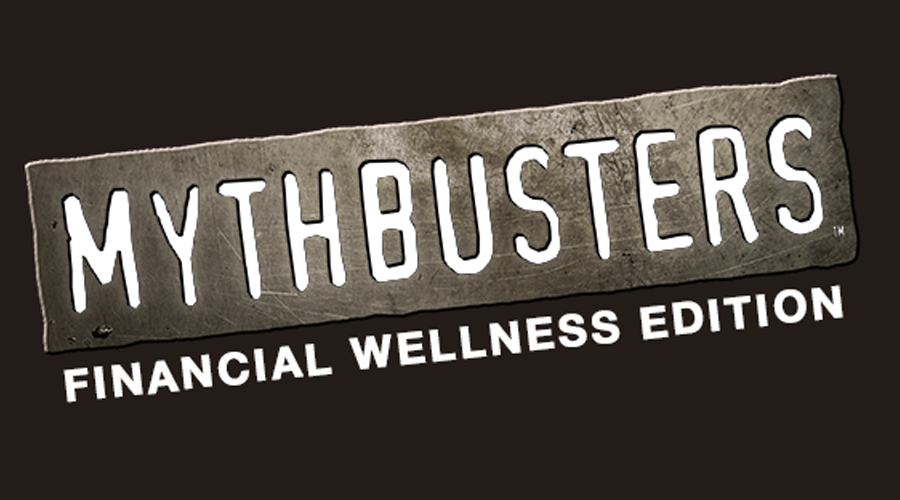Author: FinFit
The declining state of employees’ financial health is causing concern for the individuals affected and their respective employers. Companies are realizing that single-point solutions such as 401(k) plans, employee assistance programs, and employer-funded programs do not provide the holistic support that employees need to thrive financially.
Cost of Living Is Not Proportionate to Wage Rates
Because wage rates have not increased proportionately with the cost of living, a growing number of...
Understanding the Student Loan Debt Crisis
Currently, 44 million Americans hold over $1.5 trillion in debt and over 40% of borrowers have defaulted on their loans. Managing student loan debt has been a struggle for many and some policymakers are beginning to view it as a crisis.
The Recent History of the Student Loan Debt Crisis
In order to get out of the crisis, it’s important to first understand how we got here. Contrary to popular opinion, the rising student loan debt crisis in the United States is not solely due to individuals’...
How to Boost Employee Morale and Motivate Employees
Boosting morale and finding ways to motivate your employees are crucial when it comes to fostering healthy company culture. The portion of employees who say that they are not engaged at work or motivated to perform is astounding. According to a 2018 Gallup global study, 85% of employees are disengaged and not motivated at work. Lack of motivation results in reduced productivity, increased absenteeism, and lackluster team culture. When an employee is motivated, they are eager to do their best...
Would Your Employees Pass a Financial Literacy Test? (Probably Not.)
A Fortune survey of over 27,000 Americans revealed that ⅔ of Americans could not pass a basic financial literacy exam. That’s a scary thought, but why is that the case?
For many Americans, financial training was never a part of their formal education prior to entering the workforce. When they did enter the workforce, they were forced to balance student loan debt, living expenses, long-term financial planning, and maintain their financial stability for the first time with only minimal...
5 Tips for Creating & Sticking to a Budget During the Holidays
The average American is expected to spend $920 on holiday gifts in 2019. If you have more than one person in your household buying gifts, this means your holiday expenses can add up quickly if you don’t plan ahead. Resist the temptation to fund your holidays with a credit card and look for ways to maximize the money you have. Here are a few ideas to help you create a game-plan for this year and better yet, start planning ahead for next year!
Create a budget for all the gifts you intend to...
Leaving a Legacy: The Secret to Building a Company Worth Remembering
“Lots of companies don’t succeed over time. What do they fundamentally do wrong? They usually miss the future.”- Larry Page, Google
Building a financially successful business is a good goal. Building a company that stands the test of time is a great goal. Building a company that leaves a positive legacy and is a company worth remembering for years to come is an even greater goal.
A strong culture is the foundation for creating and leaving a legacy, as well as maintaining and growing the...
Why You Should Offer Holistic Financial Wellness & Not Single-Point Solutions
Financial wellness programs are becoming a staple in the employee benefit universe, and employers are seeking insight to offer the right program to their employees. But what should a successful financial wellness program encompass?
As a rapidly growing industry, we often lack a consistent definition of financial wellness. This leads to organizations believing they have implemented a comprehensive financial wellness solution when, in actuality, they may only be offering a few tools or...
5 Biggest Myths About Financial Wellness Programs
If you don’t have a pulse on the latest Fintech and employee benefit news, financial wellness is in every headline as companies rapidly roll programs into their benefit offerings.
If you aren’t familiar with financial wellness, it is generally used to describe the state of one’s personal financial situation. It includes an individual’s income, savings, retirement plan, debt, and other aspects of personal finances that create a holistic view of one’s overall financial health. Financial...
Why Should You Help Your Employees Manage Their Money?
Despite the fact that the United States is one of the richest countries, we also have the greatest wealth inequality.
Wealth is defined as the net worth of a family which includes things like income, savings, 401(k)s, and real estate. According to the Federal Reserve Bank of St. Louis, in 1989, the total household wealth in the U.S. was $32.87 trillion (2016 adjusted dollars). In 2016, the exact same measure amounted to $86.87 trillion. However, the wealth of the bottom 50% has decreased...
Financial Wellness Benefits Employees Need From Their Employers
Many employees are living with chronic financial anxiety and struggle. From rapid changes in the workplace due to automation to the increasing burden of student loan debt and the rise in everyday living costs, many American individuals and families feel suffocated by the financial system.
The growing cost of everyday living expenses is causing some Americans to question whether or not they will be able to retire comfortably, if at all. According to a 2019 study by GOBanking Rates, those that...









